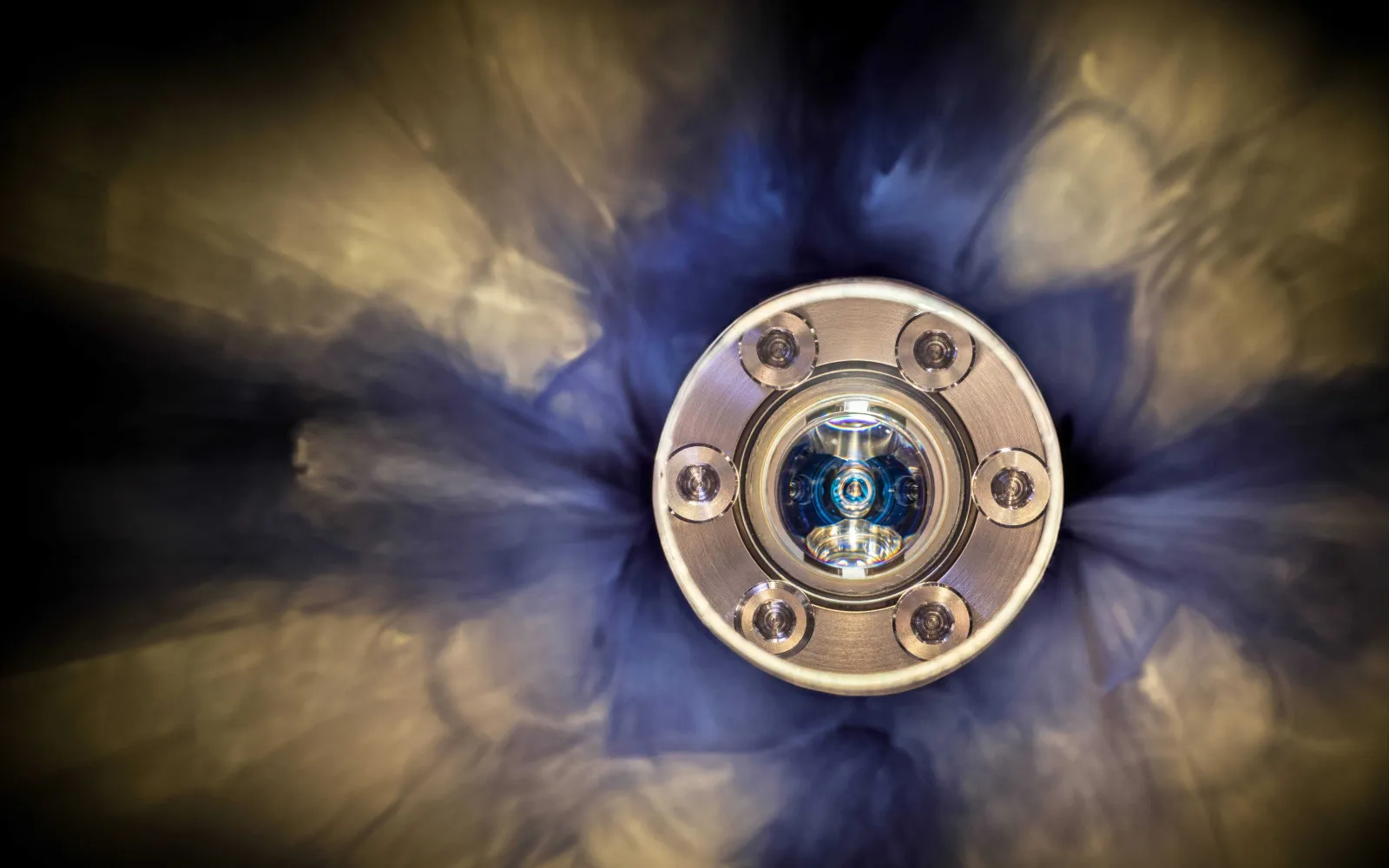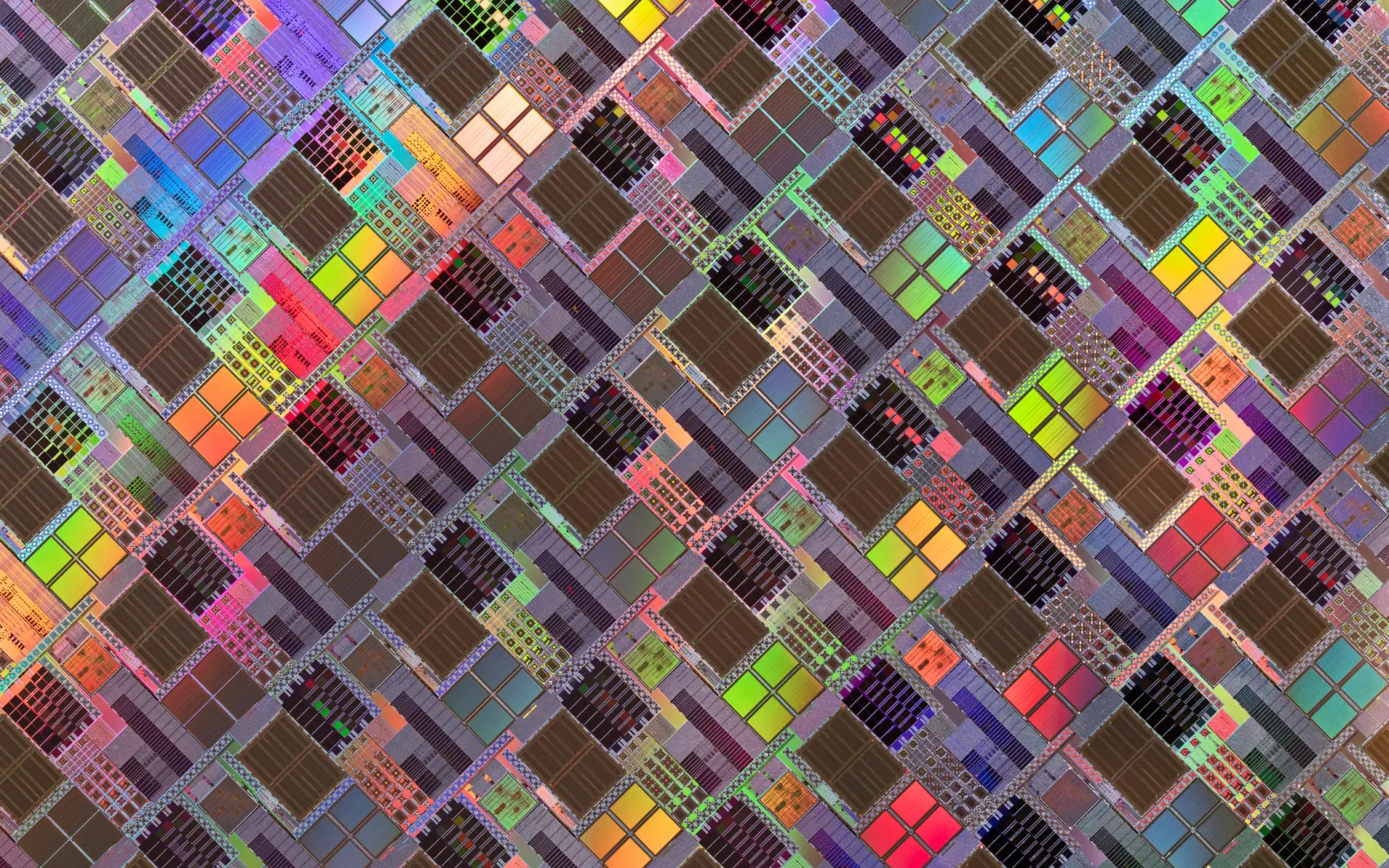

Q-CTRL
Making quantum technology useful
We have been investing in quantum companies for more than 20 years, with multiple public companies and industry sector leaders under our belt. Matt’s investment in public quantum computing pioneer D‑Wave Systems precedes DCVC itself, so it has been natural for us to take the long view as scientists and entrepreneurs seek to harness quantum effects to solve important, fundamental problems that are impossible to solve using classical approaches. Though the roadblocks that routine “quantum advantage” and widespread commercial quantum computing and communications face remain formidable and stubborn, we are approaching an inflection point: the time is ripe to redouble our efforts and expand our investments in this area.
With domain knowledge and deep expertise always essential to our investment approach, it is with great pleasure that we introduce our newest operating partner, Dr. Prineha Narang. Pri comes to us from UCLA, where she is Howard Reiss Chair in Physical Sciences and heads her own research lab that works at the intersection of theoretical and computational science, condensed matter physics, quantum photonics, and quantum information science. Prior to that, she had appointments at Harvard and MIT, where she developed novel quantum engineered materials and devices. Pri holds an MS and a PhD from Caltech, where she studied quantum photonics under the direction of Harry Atwater and Bill Goddard. In 2023, she was named the State Department’s first U.S. envoy for quantum science and technology, where she helped conceive and nurture partnerships with other countries building their own quantum programs. We are positively thrilled that Pri has joined DCVC.
“Back in March when I started chatting with DCVC, I had a sense that there is serious interest in what a coherent — pun intended — quantum thesis would look like,” says Pri about the informal conversations that eventually evolved into her coming onboard in her new role.
Quantum: opportunities in computing, sensing, and networking
A coherent quantum thesis begins with an understanding that quantum technologies can be grouped into three discrete, though strongly correlated, opportunity areas: quantum computing (including innovations in pure computing, as well as the quantum analogs of traditional computer memory and storage systems), quantum sensing, and quantum networking.
Most broadly, the goal of any quantum technology is to use the superpowers conferred by quantum mechanical phenomena such as superposition and entanglement to unlock solutions to problems that would be forever out of reach of even the most scaled up and sophisticated classical approach. And ever since the first quantum algorithms capable of finding the prime factors of (very) large numbers — the computationally intensive factoring on which the security of the internet and global communication networks has been based — were introduced in the 1990s, building new quantum-secure protocols and scaling up quantum computers, qubit by qubit, have been seen as vital not just to America’s continued technological leadership but to national security.
In the last few years, however, with the rise of AI and its insatiable hunger for energy to power its calculations, the conversation has shifted from potential quantum advantage in time to compute to its advantage in energy to compute. So instead of asking, “What can quantum computers do that classical computers can’t?”, we’re now asking, “How does this calculation happen in the most energy-efficient, and therefore cost-efficient, manner?”, and finding places where quantum solutions are ready to step up, not necessarily as wholesale replacements for classical approaches, but as a way to supplement them when computations become intractable or unsustainably resource-intensive. For example, in drug discovery, classical simulations of the structure of atoms in a target molecule may reliably capture interactions over small distances, but for long-range interactions, only a quantum approach will suffice from both a time and energy efficiency maximization perspective. Or imagine the problem of optimizing routes in a global supply-chain network where a quantum algorithm delivers improvements over the current state of the art of a few percentage points — an opportunity worth billions of dollars.
It’s this shift in appreciation of the power of quantum compute that leads to a new understanding of “quantum advantage” in multiple senses of the word “advantage”. A customer of quantum systems doesn’t have to have a perpetual computational advantage over rival approaches (and rivals using them), just enough to be somewhat better, for long enough, that huge financial or national security advantage accrues to that winning customer. It’s the quantum tech real life embodiment of the old punchline, “I don’t have to be faster than the bear chasing us, just faster than you …”
All current benchmarking of quantum computers goes beyond just counting qubits, to also taking into account the error rates of these notoriously noisy systems, thereby capturing their ability to reliably perform quantum calculations. Error suppression is the problem DCVC portfolio company Q‑CTRL has been focused on: it helps customers like IBM and DCVC portfolio company Rigetti Computing (which went public in 2021) scale up the current generation of superconducting quantum computing platforms by orders of magnitude through sophisticated software that manages and reliably reads their outputs. With the techniques developed by Q‑CTRL, the hope is that demonstrations of so-called quantum advantage over classical techniques move beyond problems contrived to highlight the strengths of quantum computers to problems that are truly commercially relevant.
In the meantime, Q‑CTRL has recently been able to apply its expertise in building ultra-reliable quantum software to help manipulate highly sensitive atomic states in advancing the state of the art in quantum sensing. As drone and other asymmetrical warfare continues to evolve, the U.S. Department of Defense and other global players have realized the urgency of building an alternative to GPS in environments where satellite communications are absent or compromised, on land, on and under the sea, and in the air and space. By mapping at extremely high resolution the small variations in the magnetic and gravimetric fields of the earth caused by its changing composition — its “ fingerprints” in these measurement domains — Q‑CTRL has developed a quantum-assured navigation system that is able to guide aircraft with high precision without relying on conventional positioning, navigation, and timing signals.
But what’s perhaps most remarkable about Q‑CTRL’s GPS alternative is not its incredible accuracy, but the fact that its capabilities have been demonstrated over a 500-kilometer test flight in the hold of an aircraft. We’ve gotten to the point where quantum technologies are not just moving from the lab into the real world, but in some cases are getting to be chip-scale, so that now we can start to think of the capabilities not of a single quantum computer or sensor, but of whole constellations of them. And with the current administration’s emphasis on reindustrialization and American resilience, we will hopefully start to see more scalable manufacturing of these quantum components being built here, and many of the materials that go into these devices made or sourced onshore as well.
A unified fabric of quantum-powered systems is the promise of quantum networking, where just as the widespread availability of conventional servers in the cloud has been instrumental in ushering in the AI revolution, so too networks of quantum devices could enable the leap from today’s research demonstrations to true scalability and commercial opportunity. For example, the vision of a global space-based quantum key distribution network is what motivated public quantum computing leader IonQ’s recently completed acquisition of DCVC portfolio company Capella Space, whose synthetic aperture radar (SAR) satellites and space-based platform will help IonQ to enable 24⁄7 quantum-secure global communication capabilities to governments and commercial clients around the world. And this is just one among many applications that American and allied governments are pursuing as quantum technology is increasingly seen as a critical national security toolset.
It’s clear that in each of these areas — computing, sensing, and networking — a variety of approaches will be required, because we don’t yet know which paradigms — whether superconductors, trapped ions, neutral atoms, semiconductors (CMOS or more exotic), photonics, or some newly emergent technology — will perform best. It’s also entirely possible that a heterogeneous quantum ecosystem that exploits the advantages of each approach, while avoiding their relative shortcomings, may be the path forward. And while it would clearly be a mistake to underestimate the ability of classical approaches combined with machine learning algorithms to offer solutions that will continue to be good enough in many cases, it is also likely that there will still be domains that only quantum approaches will be able to touch.
The architectures and optimal pathways to quantum utility over classical approaches are now emerging: by building a diverse portfolio of well-targeted investments — a “sleeve” of quantum tech investments — we can expose ourselves to the full spectrum of quantum opportunities while retaining the flexibility to double down if any given company begins to break away from the pack.
“In recent years, the conversation has shifted to ‘How does next-gen compute benefit from quantum?’ rather than, ‘How does quantum replace everything we already have?’,” says Pri. “And so that’s one of the reasons why now in quantum, we’re starting to see a remarkable number of companies, a lot of innovation, and of course investment. I’m excited to help build out DCVC’s second generation quantum portfolio, sure, and other areas that fall under this broader next-gen compute umbrella,” she says. “It’s going to be a fun and rewarding challenge, and also serve immediate and critical needs for our country!”
Critical indeed: quantum is a signal deep tech opportunity, promising new possibilities that can offer greater resilience, abundance, and equitability. With Pri and the full DCVC team, we are digging in.




